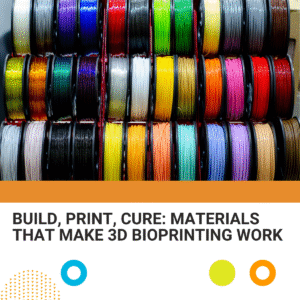Knowledge Education: Revving Up for the Singapore Grand Prix: The Science Behind F1 Manufacturing
As the Singapore F1 race approaches, the world’s attention turns once again to this high-speed sport. Each car on the track represents the pinnacle of advanced technology, and behind these technologies, material science plays a crucial role. It is these innovative materials that enable the cars to perform at high speeds and maintain stability under extreme conditions.

How Does Material Science Propel F1 Racing?
F1 cars require not only speed but also a balance of safety, durability, and aerodynamic efficiency. To meet these rigorous standards, material science plays an indispensable role in the design and manufacturing of the cars. Every component, from the bodywork to the engine, from the tires to the electronic systems, relies on the selection and innovation of materials.
Key Materials and Their Applications
In F1 cars, several specific materials are widely used due to their unique physical and chemical properties.
- Carbon Fiber Composites
Carbon fiber is the preferred material for the bodywork and chassis of F1 cars. It has an exceptionally high strength-to-weight ratio, which is crucial for maintaining high strength without adding unnecessary weight. Carbon fiber also effectively absorbs impact energy, protecting the driver in the event of a collision. Additionally, its malleability allows designers to create highly aerodynamic structures. - Current collectors
In F1, managing heat is a critical challenge. Cars operating at high speeds and under heavy loads generate substantial heat, which can compromise performance and safety. Current collectors, made from highly conductive metals like copper (anode) and aluminum (cathode), effectively conduct heat away from electrochemical reactions, helping to distribute and dissipate heat generated during charging and discharging. - Aluminum Alloys
The engines and gearboxes of F1 cars are often made from aluminum alloys. These materials are lightweight and have excellent thermal conductivity, helping to dissipate heat and maintain engine stability under extreme conditions. Moreover, aluminum alloys are highly machinable, allowing for complex shapes tailored to specific design requirements. - Advanced Rubber and Polymers
Tires are the only point of contact between an F1 car and the track, and their performance directly affects the car’s handling and speed. Modern F1 tires are made from synthetic rubber, and other composite materials, providing optimal grip and durability at high speeds. - Materials for Electronics and Sensors
The electronic systems in F1 cars, including telemetry sensors and communication devices, rely on conductive metals like copper and gold and specialized polymers that protect delicate circuits from vibrations and temperature changes.
How Do Material Choices Affect F1 Performance?
Every material choice is made with purpose. F1 cars must perform optimally under the most extreme conditions, and the physical properties of the materials—such as strength, heat resistance, and weight—determine their suitability for the challenge. For example, carbon fiber is not only lightweight but also has excellent energy absorption capabilities, making it an ideal choice for the chassis, reducing car weight to enhance speed while protecting the driver in the event of a crash.
The Broader Applications of Material Science
While the demands of F1 racing are unique, these innovations in material science have wide-ranging applications in other fields. Aerospace, renewable energy, and advanced manufacturing are all adopting these high-performance materials, driving technological advancements across industries.
At ANR, we open up a new world of scientific research for you by providing a wide range of high-quality consumables, reagents, and equipment to support research and development in the field of materials chemistry. To date, we have completed over 100,000 orders, served more than 1,800 customers, and collaborated with over 500 suppliers. Our procurement service covers all areas of material science, and whether you are exploring the properties of new materials or optimizing experimental setups, we can provide products and services from a professional perspective.
Other Blog Posts You Might Like
For scientists, by scientists.
We give you fast, reliable, and cost-effective access to materials, tools, and equipment, and we…
Read moreCase Study: After-Sales Service for our procured Lab Equipment
At ANR, our relationship with customers doesn’t simply end after an order is fulfilled. We…
Read moreBuild, Print, Cure: Materials That Make 3D Printing Work
As 3D bioprinting continues to advance rapidly, the performance and functionality of materials have become…
Read more


